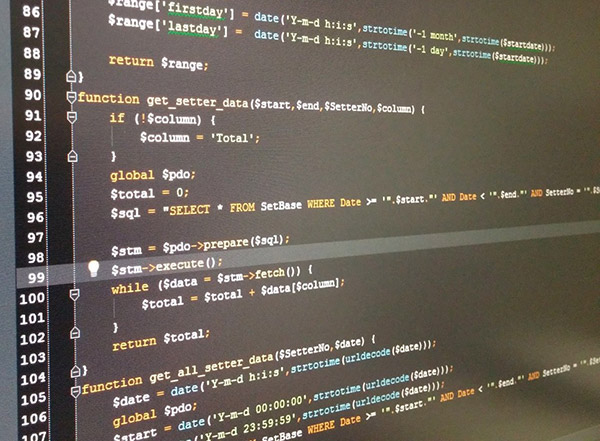A group of interrelated web development techniques used on the client-side to create asynchronous web applications. Usually used to complete forms and other data driven functions without the web page reloading.
A procedure that insures that digital data transmissions are delivered to the intended receiver.
A term used to describe the data carrying capacity of a connection. It is usually measured in bits per second.
Interface to the World Wide Web that interprets coded web pages into viewable pages. Allows for easy navigation across the Internet.
Common Gateway Interface. A set of rules for running programs from a HTTP web server. This allows for information to be passed from the browser to the server. This is an outdated technology.
Cascading Style Sheets. The language used to describe how an HTML or other web document should be formatted, affecting the appearance in a web browser.
Used loosely to refer to the Internet or the World Wide Web. A virtual world composed of computers and the connections between them.
Domain Name System. Translates domain names into internet addresses, or a series of numbers such as 11.111.11.11
The text name corresponding to the numeric IP address of a computer on the internet. It is used to specify the address, or URI of a website.
Conducting business, in the form of buying, selling and marketing goods and services online.
The process of changing data into a form that can only be read by the intended receiver using a key.
File Transfer Protocol. Used to transfer files between computers, such as installing websites on a host's server.
Graphics Interchange Format. A compact file format that is ideal for graphics that use few colors. GIFs are limited to up to 256 colors.
A request made to a web server. Commonly misused to describe the number of visitors to a site. One visitor may produce several hits per page.
A home page serves as a site's starting point and introduction page.
Hypertext Markup Language. A group of formatting commands consisting of tags, attributes and content, that are used to create web pages.
Hypertext Markup Language version 5. This is the new standard put forth by the W3C to handle websites and pages into the foreseeable future.
Hypertext Transfer Protocol. Used to transmit and receive data over the World Wide Web.
Usually an underlined word that when clicked, takes you to another web page. Any code that refers you to another page.
Internet Protocol Address. A unique string of numbers that identifies a computer on the internet. The numbers are separated by periods, and look like this: 11.111.11.11.
Code that can be added to standard HTML to create interactive documents.
Joint Photographic Experts Group. A compressible file format for color rich images.
A software application that runs in a handheld device such as a smartphone.
Portable Network Graphics. A raster graphics file format that supports lossless data compression, an alpha channel for transparency and built-in gamma/color correction.
Communication rules that computers use to transfer data. This is needed because of the many different types of computers and operating systems.
An application used on eCommerce sites that let you buy more than one item, and pay for it with one payment.
Unsolicited email, usually advertisements sent to a large group of people.
Uniform Resource Locator or Uniform Resource Indicator. The internet equivalent to an address. The address of a web site, containing the protocol, domain name and optionally a directory.
An application that is accessed over a network such as the internet or an intranet.
A visual part of the internet that lets you visit a site, and surf using hyperlinks. A client/server hypertext system for retrieving information across the internet.
Extensible hypertext markup language. A more strict reformulation of HTML as an application of the XML language.
Extensible markup language. A flexible language used to create common information formats and share both the format and the data over the internet.

© 2025 Ohio Web Pro Design, LLC - All Rights Reserved. | 1-855-932-7761 | Privacy Policy | Terms of Use